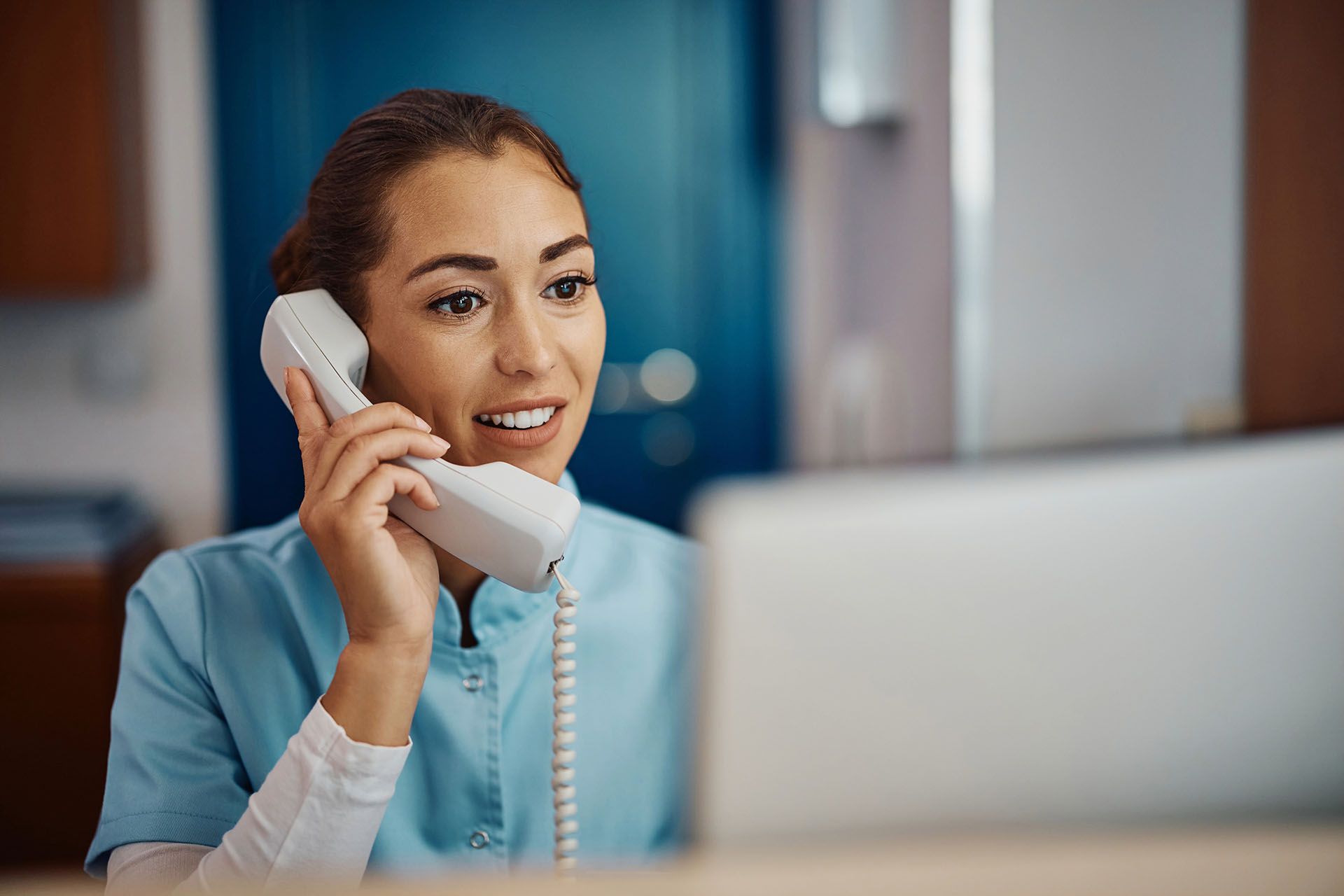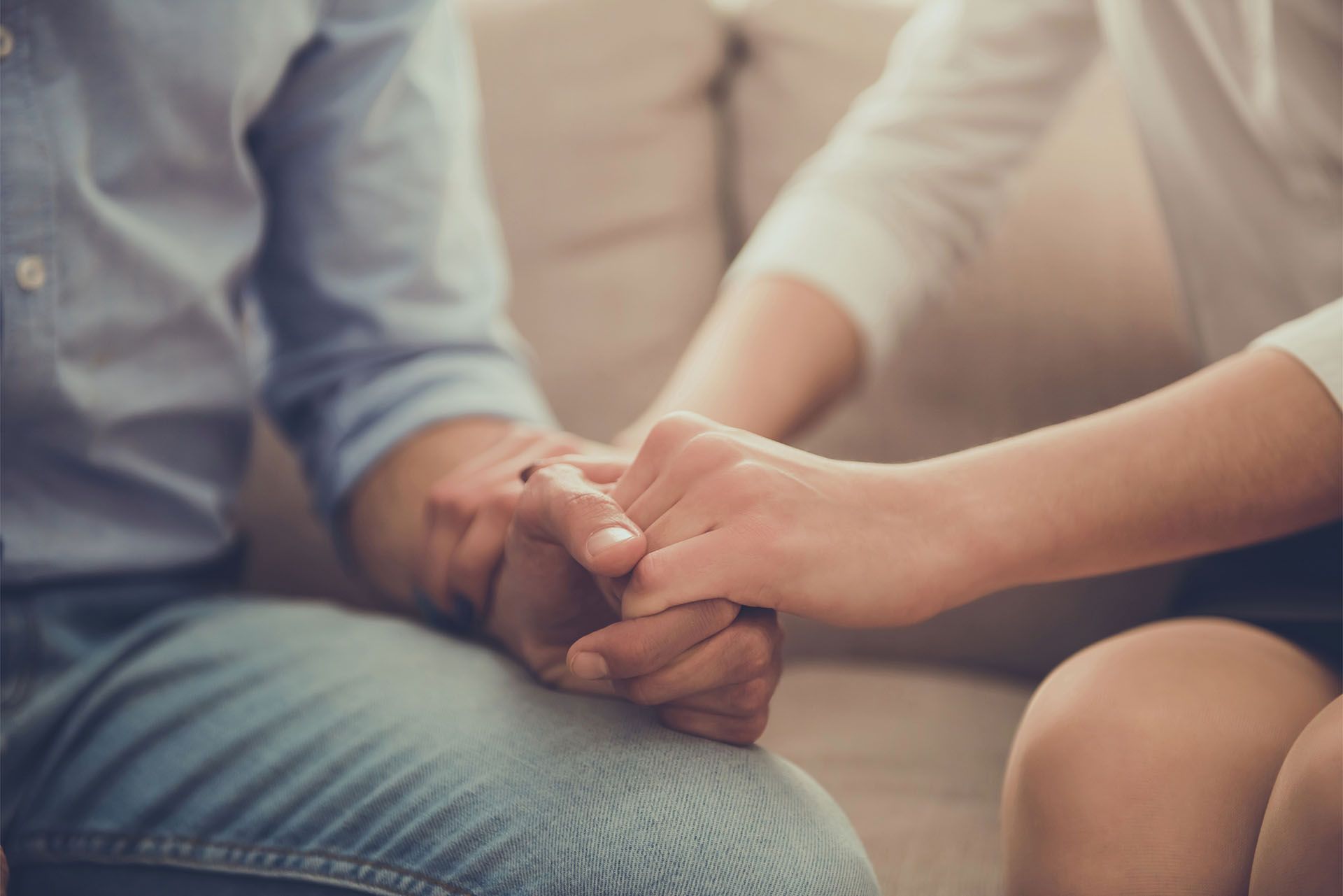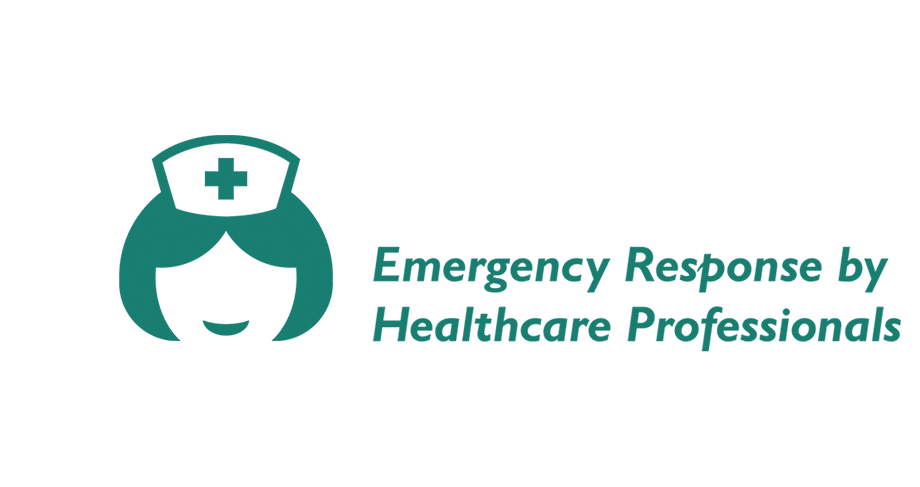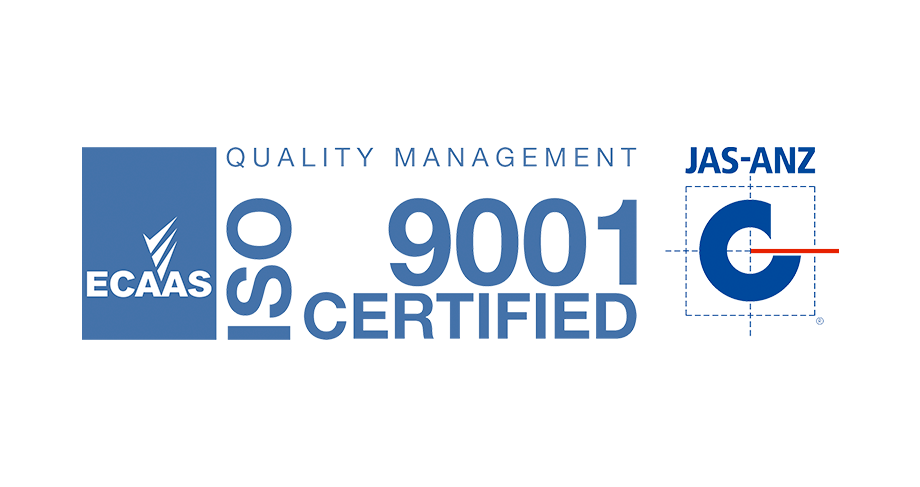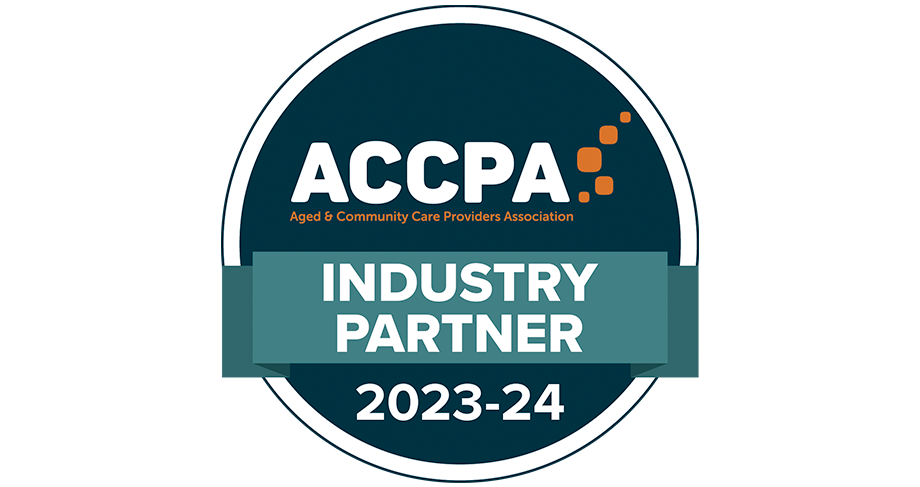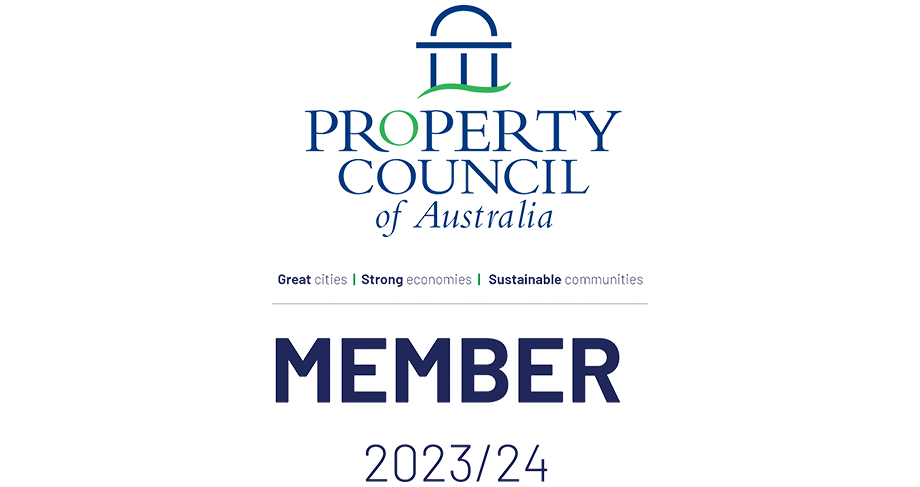INS LifeGuard
8 Essential Steps to Take Immediately After a Burn Injury
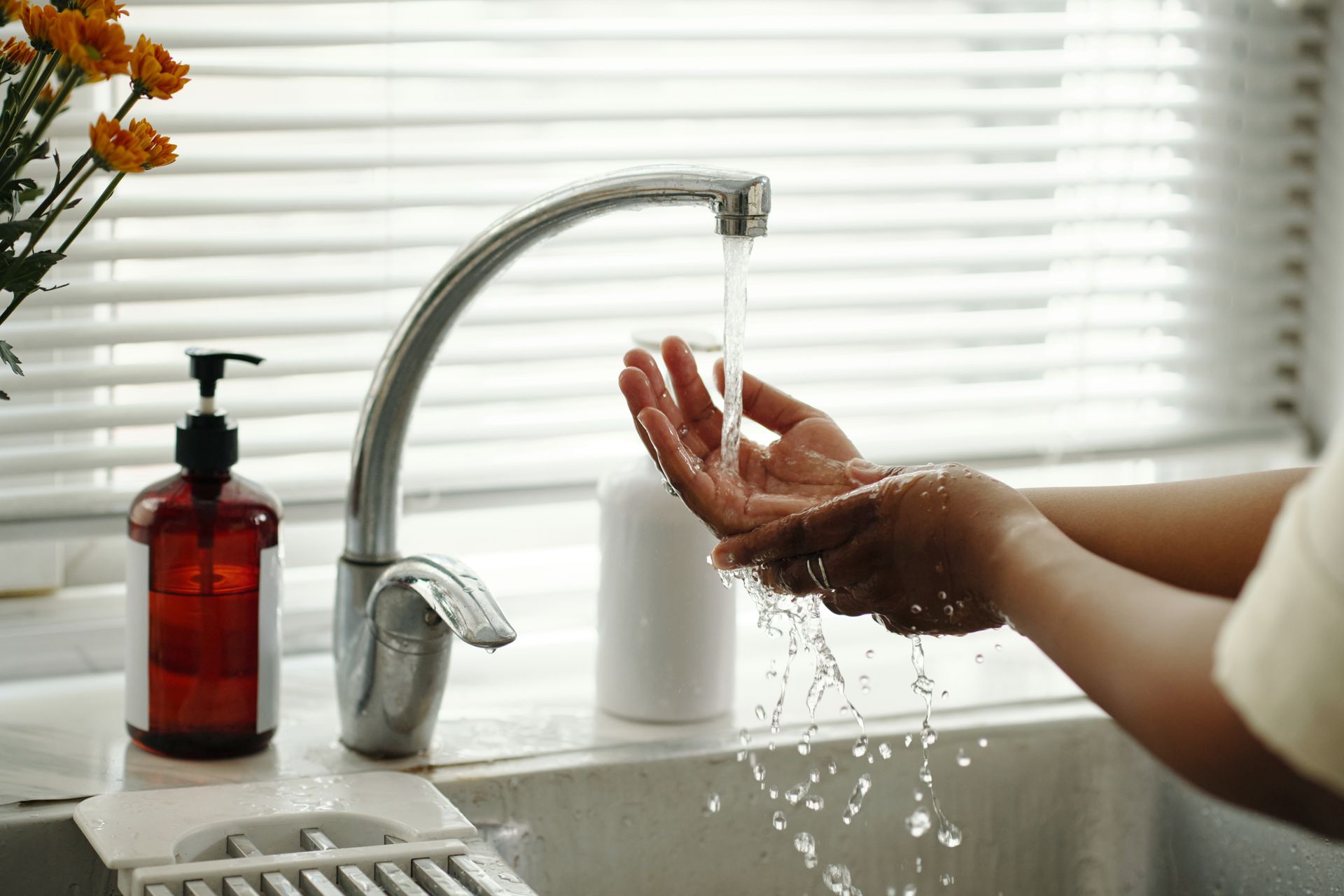
Burn injuries can happen in a matter of seconds, leaving individuals in pain and unsure of what to do next. Whether caused by fire, scalding water, chemicals, or electricity, burns can range from mild to severe, with each level requiring different care. This is why the first few minutes after a burn injury are crucial in determining recovery outcomes and minimising long-term damage.
This step-by-step guide will walk you through the essential steps to take immediately after a burn injury. Whether you are dealing with a minor burn or a more serious injury, knowing how to respond appropriately can make all the difference in the healing process.
Understanding Burn Classifications
First-degree burns
These are superficial burns that only affect the outer layer of the skin (epidermis). Symptoms include redness, mild swelling, and pain, similar to a sunburn. These burns typically heal within a week without scarring.
Second-degree burns
These burns penetrate deeper, affecting both the epidermis and the second layer of skin (dermis). Symptoms include blistering, intense pain, swelling, and a wet or shiny appearance. These burns may take several weeks to heal and can cause scarring.
Third-degree burns
The most severe type of burn, these affect all layers of the skin and may extend into underlying tissues such as muscle, fat, or bone. Symptoms include charred or white, leathery skin and numbness due to nerve damage. Third-degree burns require immediate medical attention and often require surgery.
How to Respond Effectively After a Burn Injury
Responding effectively after a burn injury is crucial to minimise damage and promote healing. Here’s a step-by-step guide on what to do:
Assess the Severity
Determine the degree of the burn. First-degree burns affect only the outer layer of skin, causing redness and minor pain. Second-degree burns extend into the deeper skin layers, causing blisters and more intense pain. Third and fourth-degree burns are severe and require immediate medical attention, as they can damage muscles, tendons, and bones.
Cool the Burn
Immediately cool the burn under running cool (not cold) water for 10-20 minutes. This helps reduce heat, swelling, and pain. Avoid using ice, as it can cause further tissue damage. If running water isn’t available, use a clean, cool cloth instead.
Remove Constrictive Items
Carefully remove any jewellery, clothing, or accessories near the burn area before swelling starts. This helps prevent further injury and allows for better airflow to the affected area. Do not attempt to remove clothing that is stuck to the burn.
Cover the Burn
Gently cover the burn with a clean, non-stick dressing or cloth. This protects the area from infection and keeps it clean. Make sure the dressing is loose enough to avoid putting pressure on the burn, but secure enough to stay in place.
Manage Pain
Over-the-counter pain relievers such as ibuprofen or acetaminophen can help relieve pain and reduce inflammation. Always follow the recommended dosage instructions. If the pain is severe or persists, seek medical attention.
Stay Hydrated
Drink plenty of water to help your body recover and maintain hydration. Burns can lead to fluid loss, so staying hydrated is essential for healing. Aim for clear fluids like water, herbal tea, or broths.
Monitor for Signs of Infection
Keep an eye on the burn for any signs of infection, such as increased redness, swelling, warmth, or pus. If you notice these symptoms or if the pain worsens, seek medical attention promptly to prevent complications.
Follow Up with Medical Care
For second-degree burns or more severe injuries, consult a healthcare professional for appropriate treatment. Follow their care instructions carefully, including any recommendations for wound care, dressing changes, and pain management.
The Four Degrees of Burns: Step-by-Step Care Instructions
Burn injuries are a serious health risk in Australia, with about 20,000 hospitalisations annually. Proper treatment can prevent complications like infection, scarring, and disability. Be prepared and informed. Download our burn care guide today to learn essential first-aid steps and ensure the safety of your loved ones.

How Personal Alarms Offer Safety and Peace of Mind for Burn Injury Victims
Immediate Emergency Response and Nurse Support
Immediate access to a qualified nurse is crucial following a burn injury. INS LifeGuard’s personal alarms offer 24/7 nurse support, activated by a simple press or voice command, to guide individuals through the initial crisis, assess the severity, and provide necessary care. The nurse can communicate through a two-way speaker on your device, so you don't even need to be near your personal alarm. If needed, the nurse can triage the situation and coordinate an ambulance for emergency assistance, ensuring a prompt and effective response.
Comprehensive Aftercare
The support doesn’t end with emergency care. INS LifeGuard continues to offer aftercare assistance, checking in on recovery progress and providing guidance to manage pain and prevent complications.
Welfare Checks for Ongoing Safety
INS LifeGuard’s service can include welfare checks to monitor recovery and provide peace of mind, ensuring that individuals are supported throughout their healing process.
Emotional Support
Burn injuries come with both physical pain and emotional challenges. Daily tasks may become difficult, and concerns about recovery can increase stress. With INS LifeGuard, qualified nurses are available 24/7 to provide medical advice, emotional support, and comfort, whether you need assistance or just someone to talk to when feeling lonely.
Health Monitoring
For comprehensive care, the INS LifeGuardian® App, available on Android and iOS, integrates seamlessly with your smartwatch as a personal alarm. This connection also allows for vital sign tracking to ensure your well-being, offering proactive care with real-time alerts and support whenever needed, promoting peace of mind.
Conclusion
Burn injuries require prompt and proper care to minimise damage, manage pain, and promote healing. By following the listed steps above after a burn injury, you can reduce complications and guarantee a smoother recovery. Always prioritise safety, seek medical help when necessary, and remember that timely intervention can make a significant difference in the outcome of burn treatment.
At INS LifeGuard, as the only nurse on call monitored personal alarm systems that provide immediate access to medical assistance whenever you need it. With just the push of a button, you can quickly connect to our highly qualified and experienced nurses who can guide you through any urgent symptoms or concerns.
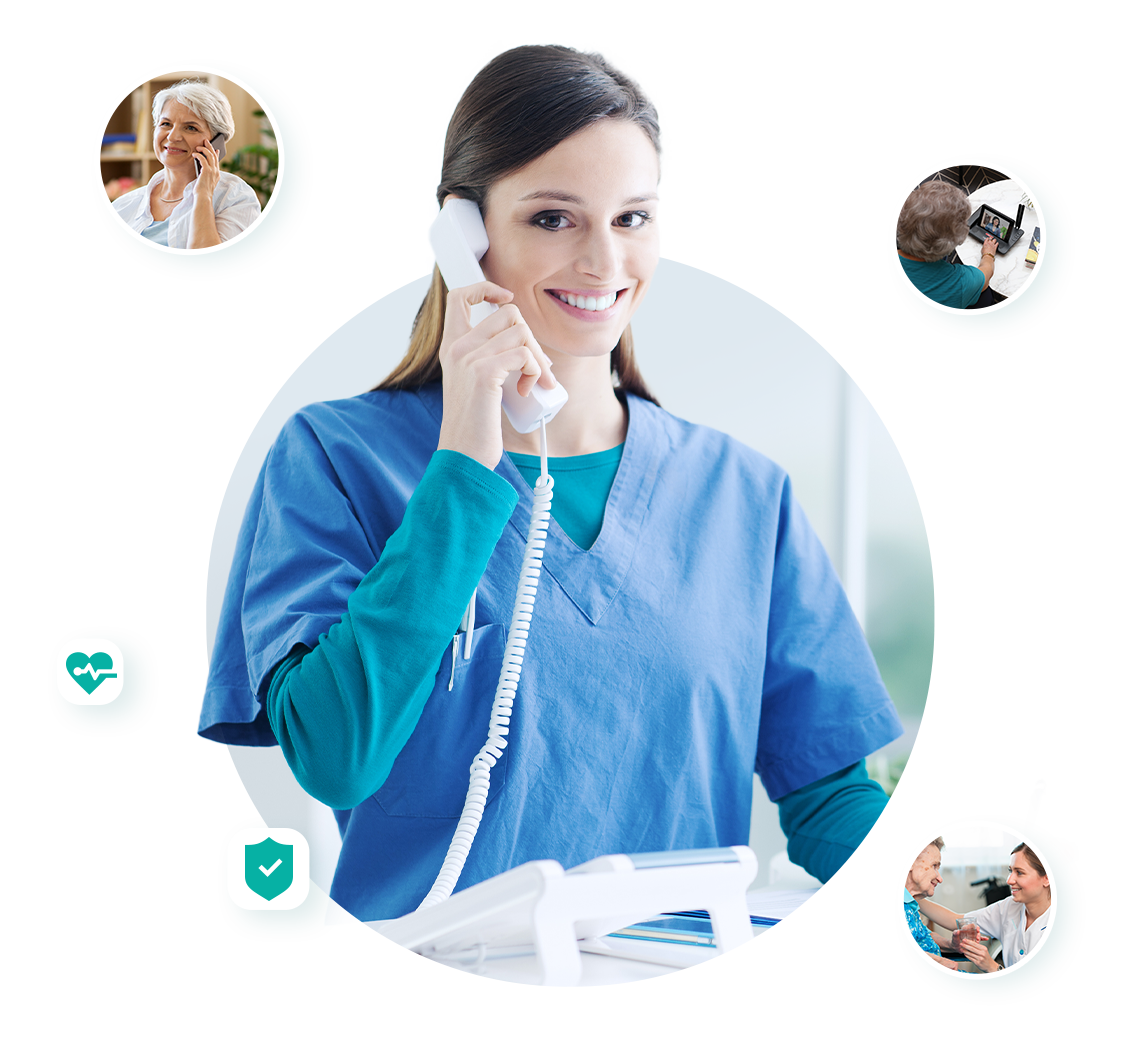
About
INS LifeGuard is the only 24/7 nurse on-call personal and medical monitoring in Australia. We provide monitoring technology for both in the home and on the go and can also monitor other provider's equipment. Our services are suitable for anyone wanting support to stay independent such as the elderly, those with medical conditions and disabilities plus enhancing safety and security for lone workers.



